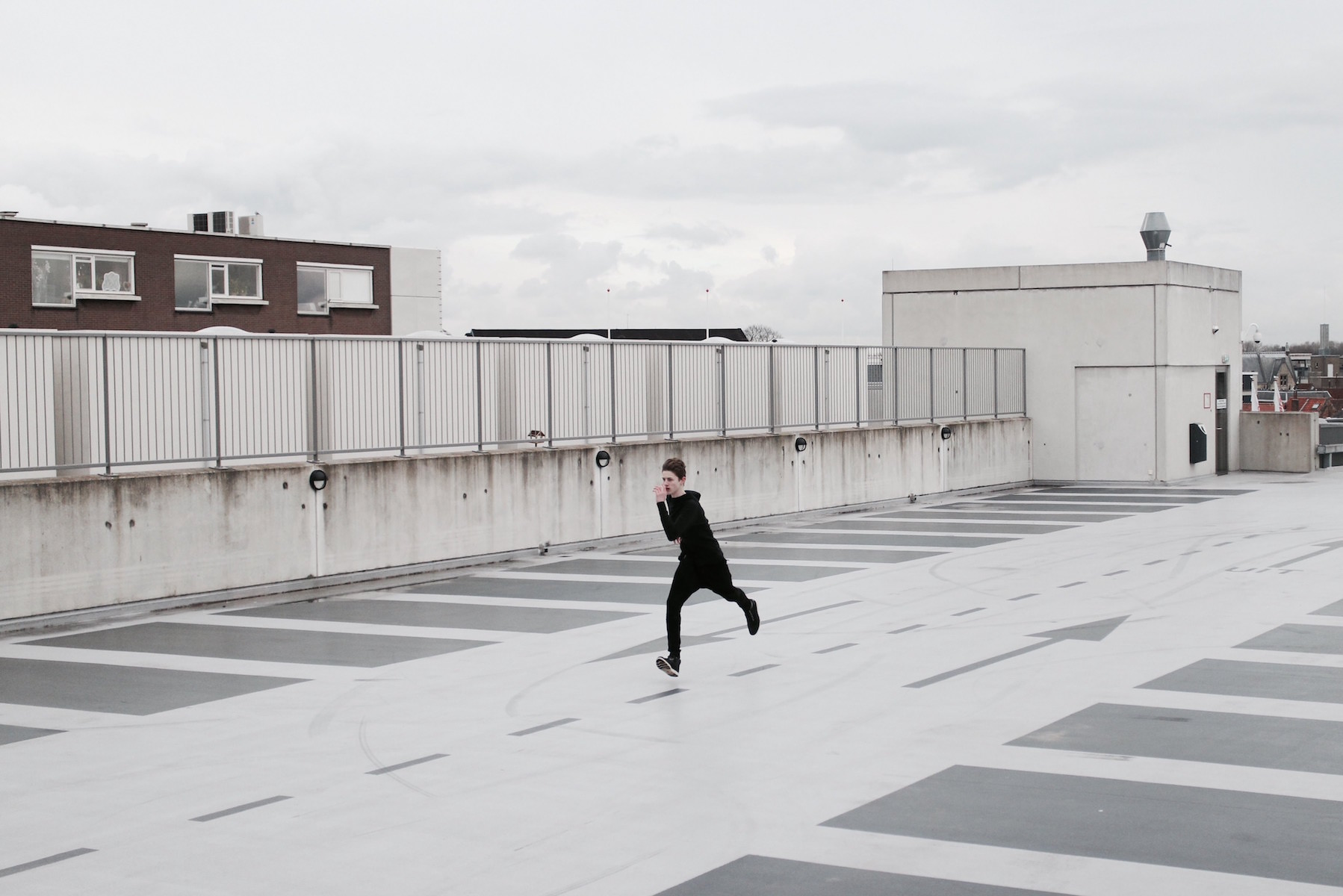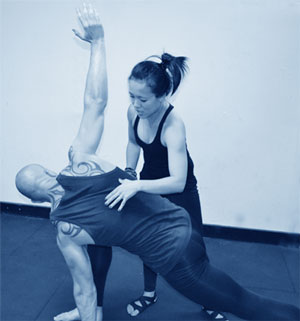Athletes have traditionally turned to gym work for strengthening, with a heavy focus on weight lifting.
Yes, this type of training can indeed improve all-round body strength and endurance but most people may be surprised how even a little Pilates and Yoga can encourage balance and versatility.
Previously, whenever I tried to suggest implementing these movements into my athletes’ (especially male athletes) fitness programs, I was almost always met with a doubtful look and a deluge of reasons as to why they do not believe that these exercises would benefit their sport.
There are plenty of pre-conceived misconceptions – how you need to be extremely flexible to practice Yoga or Pilates is only for ballet dancers. Yes, yogis can be flexible and Pilates is popular with dancers but both are great for any individuals seeking to introduce balance and versatility into their routines. The restorative and therapeutic effects of Pilates and Yoga also provide an occasional much-sought out mental refuge from the competitiveness of elite sport.
Incorporating bite-size elements of either or both Yoga and Pilates is a great way to cross-train. Here are three reasons to include these principles into your workout program:

Enhance, Strengthen, and Improve Your Movement Patterns
Whether you are an athlete or not, improving the way we move takes the stress off overworked joints and muscles and improves its overall functioning.
For athletes, asanas or Pilates exercises can help improve their specific movement patterns.
For example, runners wanting to increase their running economy and stride length can consider adding crescent lunges and the lizard pose. For more upper body strength for wrestlers and power lifts, try handstands. Using shoulder openers can really help increase the shoulder movement range.
Variety
The body adjusts and exercises need to be changed to move beyond plateaus. Aside from having variety, the mental and physical challenge of new or difficult exercises can be stimulating.
For athletes, any exercise that can contribute to their end goal of improved performance is welcomed. Difficult poses like the Navasana (boat pose) as a core exercise for runners are physically challenging. Many athletes are indeed surprised these poses can be such powerful strength exercises. Standing splits in between sets of lunges is a good way to sneak in a little flexibility work.
Balance
Just as you would have aerobic and strength elements in your fitness program, you should also design recovery and rehabilitation into a well-rounded holistic fitness program.
 Wynter Chan is a clinical exercise physiologist based in Melbourne, Australia. She holds a Bachelor’s degree in Exercise Science and a Grad Dip in Exercise Rehabilitation and currently teaches in both programs at Victoria University. In addition to being an academic, Wynter also runs a clinical exercise practice which focuses on Yoga, Pilates, and fitness training as well as delivering educational courses like “Advanced Yoga Anatomy for Rehabilitation”, “Yoga and Pilates for Runners” for fitness professionals.
Wynter Chan is a clinical exercise physiologist based in Melbourne, Australia. She holds a Bachelor’s degree in Exercise Science and a Grad Dip in Exercise Rehabilitation and currently teaches in both programs at Victoria University. In addition to being an academic, Wynter also runs a clinical exercise practice which focuses on Yoga, Pilates, and fitness training as well as delivering educational courses like “Advanced Yoga Anatomy for Rehabilitation”, “Yoga and Pilates for Runners” for fitness professionals.
She has extensive experience working with the general population as well as elite athletes as she is also a Strength and Conditioning Level Coach and Track and Field Coach. Previously, she worked with elite dancers at the Australian Ballet, AFL Western Bulldogs and is currently the exercise physiologist for Badminton Australia. She completed her 200-hour Yoga Alliance training in Singapore and is enthusiastic about sharing her anatomy and rehabilitation knowledge with the yoga community.

